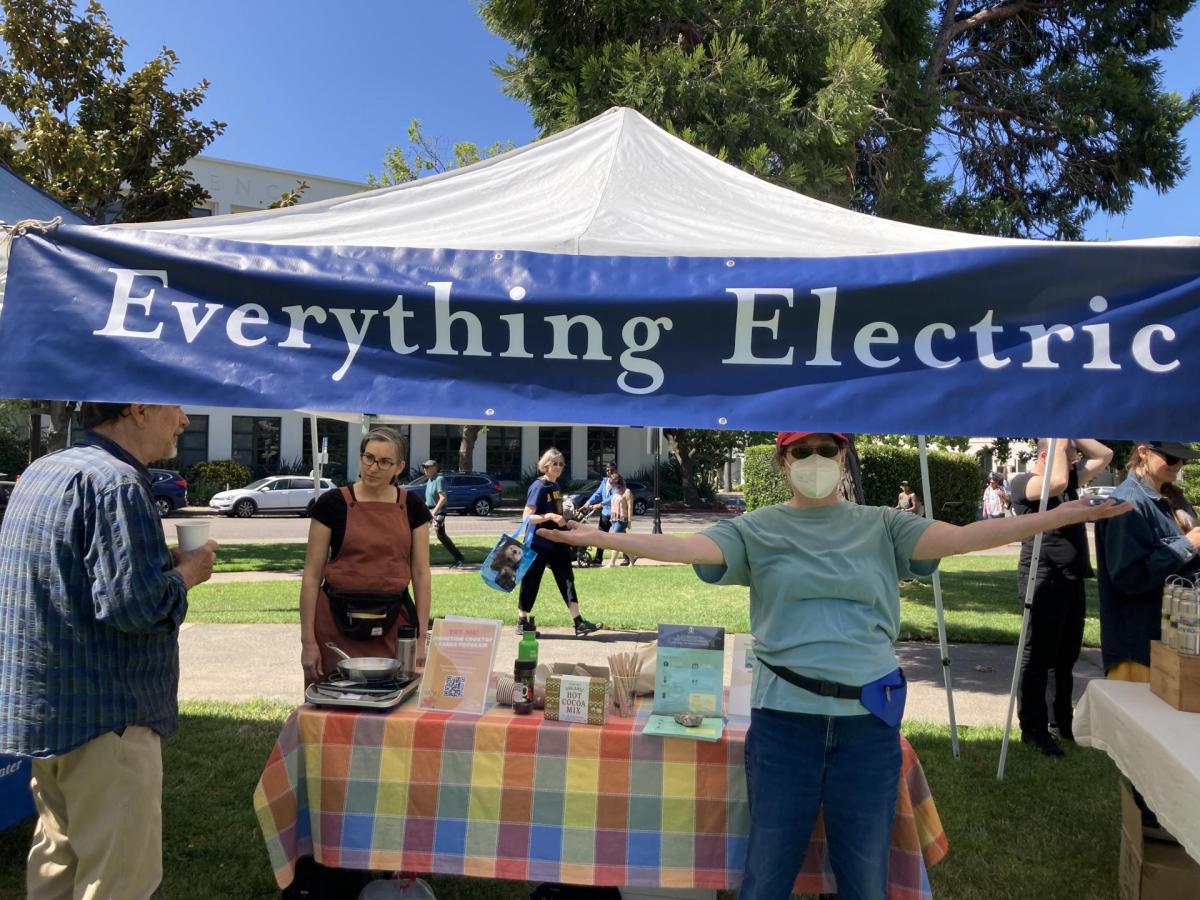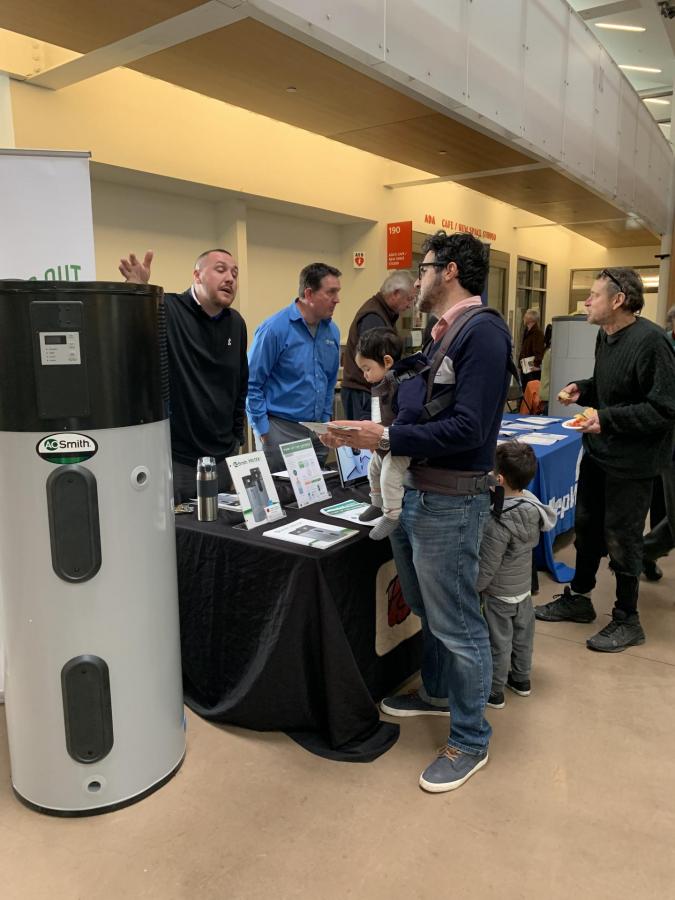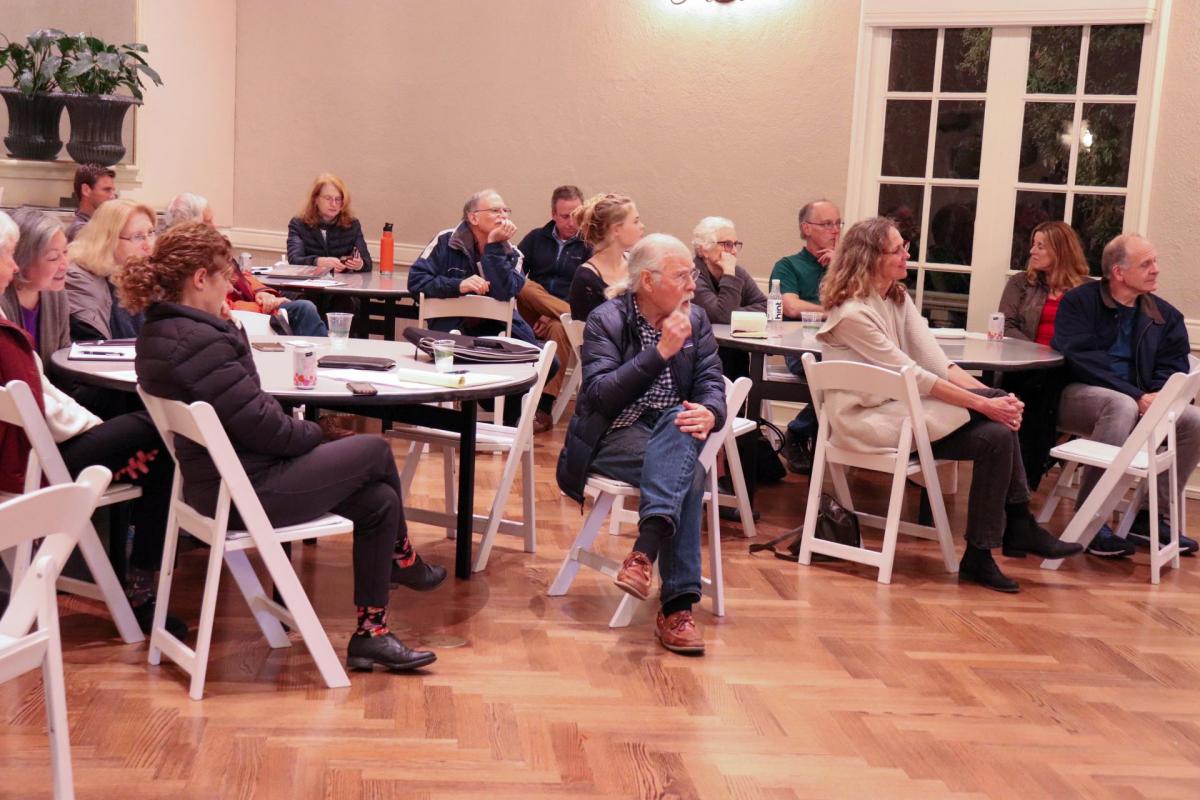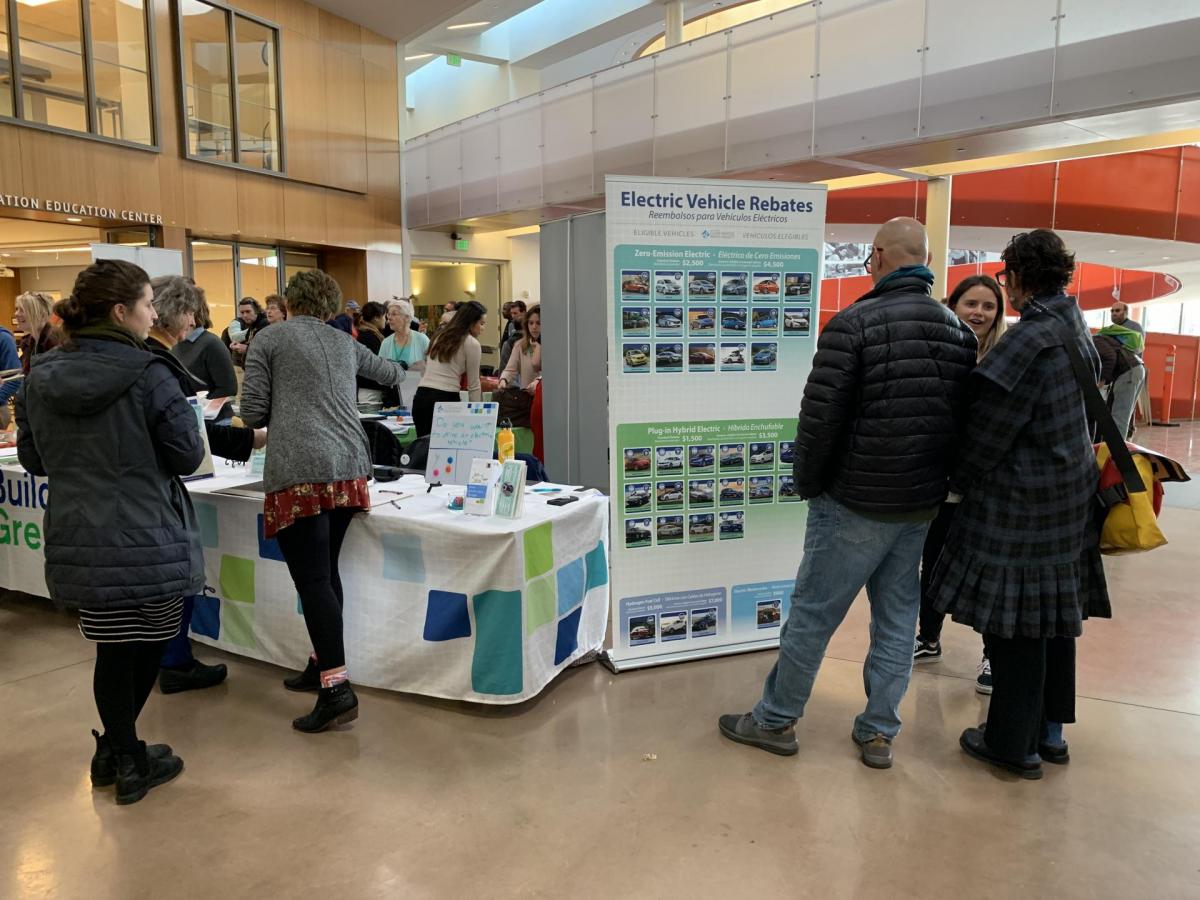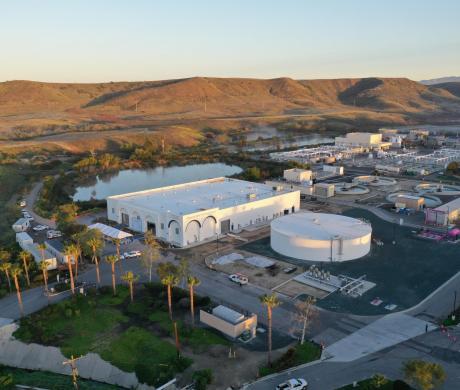Reach for the switch: Engagement strategies for California’s energy future
Hanna Stelmakhovych is a program manager for the Institute for the Local Government (ILG) and can be reached at hstelmakhovych@ca-ilg.org. Nikita Sinha is a program manager for ILG and can be reached at nsinha@ca-ilg.org. Allison Shea is an ILG assistant and can be reached at ashea@ucdavis.edu.
To meet aggressive state and local climate goals at a time when budgets are tight, many cities are looking for bold actions that have multiple benefits. Many are encouraging residents to switch gas-reliant appliances and utilities to electric alternatives, which would reduce emissions and improves air quality and health. However, making this change effectively and equitably requires intentional public engagement strategies.
These switches are often made through reach codes — local laws that require buildings to go beyond the efficiency levels required under the California Energy Code. Reach codes require specific, energy-related measures that reduce the building’s overall emissions, like sourcing a certain percentage of energy from renewable sources or replacing natural gas appliances. By 2019, 39 municipalities in California had adopted reach codes and dozens more have started exploring similar policies.
Reach codes do not just apply to the construction of new buildings. According to the California Energy Commission, nearly 80% of existing buildings in California are connected to the natural gas system. Gas-powered stoves and heaters also release contaminants into the air, which increases the likelihood of respiratory health issues like asthma.
Although these electrification upgrades may seem small, the results can quickly add up. According to a Greenlining Institute report, a quarter of all greenhouse gas emissions in California come from residential and commercial buildings. For communities that already face health disparities and disproportionate climate burdens, decarbonization is also an opportunity to improve longstanding air quality and community health issues.
“I have learned that even as mayor of a small city, we can lead on these important issues,” Emeryville Mayor John Bauters said. “Adopting a reach code is the first step in a larger process of thinking about how we can incentivize and prioritize decarbonization in existing building stock, particularly in our most vulnerable neighborhoods.”
Developing reach codes should include a public engagement campaign to ensure that the policy aligns with community priorities. However, since a reach code is a technical amendment that mostly affects new construction and homeowners who can afford electric upgrades, the topic is not widely relatable to many community residents.
This does not mean that public engagement should not happen. Rather, it means that city officials must adopt new strategies or refine existing ones. Targeted engagement of underserved low-income residents, renters, community members with low-English proficiencies, and others who have been traditionally left out of the decision-making process should be a priority since changes in reach code policies and associated programs will directly affect them.
Designing an equitable engagement process around electrification
Equitable public engagement does not mean merely reaching out to vulnerable residents who have historically been left out of the decision-making process. It also means supporting their participation. To design equitable and effective public engagement campaigns cities first need to provide meaningful opportunities centered around basic education and focus on the real-life priorities of underserved communities. Residents need to know how reach codes will affect them personally so they can feel confident about the changes that will be implemented in their homes and communities.
City leaders also need to learn about their community’s needs and preferences to inform the policies they develop. Community knowledge gained through targeted and culturally appropriate engagement will help to design policies and programs that meet the concerns of the most vulnerable residents and develop local infrastructure for inclusive electrification upgrades.
The following public engagement strategies, tactics, and tools can help develop an equitable public participation process and build trust with your community.
Start with hands-on learning and education via tactile engagement events and visualization.
Before engaging in dialogue and gathering community feedback, cities should ensure that community members are informed about electrification and can authentically answer the questions being asked. In-person demonstration events, virtual tours of all-electric homes, simple infographics, and informational panels hosted by homeowners and renters are among the most effective tools to educate the public about the benefits of electrification and help participants visualize an all-electric house.
For example, the city of San Luis Obispo partnered with local restaurants to do an induction stove demonstration event at the local farmers market, showcasing how residents could cook great food using electric appliances. This allowed residents to directly see how electrification could directly impact their lives.
“By doing a hands-on learning event, we were able to show what an all-electric future really looks like,” said San Luis Obispo Sustainability Manager Chris Read.
Broaden public participation by selecting the outreach tools most appropriate for the intended audience and engagement goals.
Virtual and in-person outreach tools such as workshops, focus groups, surveys, and videos allow cities to engage residents in many ways. Before engaging, consider your city’s specific goals and how certain tools can account for language and functional needs, bridge digital literacy gaps, invite dialogue, or create an overall positive participatory experience. Some public engagement tools are designed to inform and promote, rather than collect feedback and inspire dialogue.
This was especially important in the city of Piedmont. Its building stock is overwhelmingly single-family residential and was mostly built before 1950. Because of this, the city implemented a robust public engagement program that included focus groups with homeowners and contractors. The city also created multiple educational videos and issued public opinion surveys before hosting general community workshops and town hall meetings. This ensured that residents and city officials had a basic, common understanding of the topic before engaging in a broad policy discussion.
“The process took longer than expected, but these efforts allowed for a diverse array of voices to be heard and contribute meaningful, informed feedback that resulted in a reach code that the community has embraced,” Piedmont Planning Director Kevin Jackson said.
Implement early, transparent, and adaptable engagement focused on building partnerships, identifying community needs, and addressing community concerns.
Partnerships with community-based organizations, nonprofits, and community champions can help broaden participation and ensure that proposed electrification policies address the top concerns of the most impacted communities. Partnerships can take a variety of forms, such as a task force or series of roundtables, and often include representatives from historically marginalized communities to identify solutions that support all residents and workers. Cites and community partners should meet early and often to ensure decisions impacting residents are made collaboratively and that nobody is left out of important conversations.
Since reach codes and electrification are highly technical topics, they require thoughtful public engagement processes that educate and engage the populations most vulnerable to climate impacts. Equitable engagement strategies like the ones described above will help build trust and allow cities to advance community priorities, such as clean air, utility affordability, renewable energy use, and other sustainability goals.
Supporting electrification with equitable programs and policies
Public engagement does not stop once a reach code has been adopted. While each community has a unique set of historical inequalities, many low-income residents share well-founded concerns about electrification and reach codes, including the high cost of new appliances, potential displacement, energy reliability, vulnerability to outages, and workforce opportunities. Community priorities and concerns can be addressed through programs and policies that provide financial incentives and resources to upgrade appliances, protect tenants from displacement, and create local workforce opportunities.
Provide financial incentives and technical assistance specifically for low-income homeowners.
Upgrading appliances can be costly and hard to navigate. To address this, cities can create policies that simplify electrification upgrades and reduce some of the replacement costs with rebates or vouchers for low-income residents. Many California cities have adopted electrification resource programs that act as a “hub” for communities as they navigate the electrification process. These “hubs” provide technical assistance, grants, outreach, and incentives.
Other cities have also established an equity fund in their annual budget. For example, the city of Berkeley set up a $600,000 climate equity pilot fund to provide benefits to qualified residents in low-income communities most impacted by climate change.
“The resilient home electrification retrofits will provide tangible benefits for residents that will improve the comfort, safety, and air quality in their homes, while the access to electric mobility program will provide e-bikes and job training for youth,” Berkeley Mayor Jesse Arreguín said. “Equally important, the pilot programs will meaningfully engage our community members to amplify their voices and build their capacity to collaborate as partners in co-creating and implementing climate change and resilience solutions.”
Prevent housing displacement for renters caused by electrification upgrades.
Electrification upgrades for existing buildings pose the risk of increasing housing costs. The most obvious solution is to help owners of rental units cover the cost of replacing appliances. This can help prevent the financial burden from being passed on to tenants. However, another option is to lower the cost of installation by streamlining permitting and minimizing the transaction cost so stakeholders can avoid a cumbersome, time-consuming process.
Additionally, by working with local affordable housing organizations and tenant advocacy groups, cities can elevate and acknowledge housing concerns and help ensure that the proposed reach code will not negatively affect affordable housing. Overall, cities have numerous opportunities to strengthen tenant protections in ways that prevent rent hikes, evictions, and displacement, in coordination with their reach code adoption and implementation.
Develop local green job opportunities.
According to the Rocky Mountain Institute, electrification will bring 100,000 jobs to California. Equitable solutions to workforce development start with implementing “high-road” jobs. As noted by the Berkeley Labor Center, such jobs optimize climate policy outcomes while also providing comprehensive benefits, living wages, and career advancement with an emphasis on frontline communities. To achieve this, cities can do several things: improve education and training for contractors, partner with unions, create labor standards tied to public funding, and prioritize hiring minority and women-owned contracting firms.
A path forward
Building electrification can be a highly cost-effective and impactful strategy for California’s ambitious climate goals. “It takes leadership to realize that this is something we can do today to address the climate issues of tomorrow, which doesn’t really come at any financial cost to the local government, or any political cost for elected officials,” Bauters said.
To do this well, cities should start with a meaningful, inclusive public engagement process. Engagement for reach codes is ultimately no different from effective engagement for other topics. Simplify the language and demonstrate how the changes will affect the everyday life of the residents. Be sure to use culturally appropriate strategies to reach different communities and develop policies to affect what matters most to them.
Intentional and equitable engagement that focuses on collaboration and outcomes for frontline communities ultimately builds trust in communities of concern. The goal is to allow everyone’s voice to be heard so that equity and inclusion can be addressed to the greatest degree possible.
Visit the Institute for Local Government’s website to learn more about ILG’s public engagement resources and upcoming TIERS public engagement trainings.

